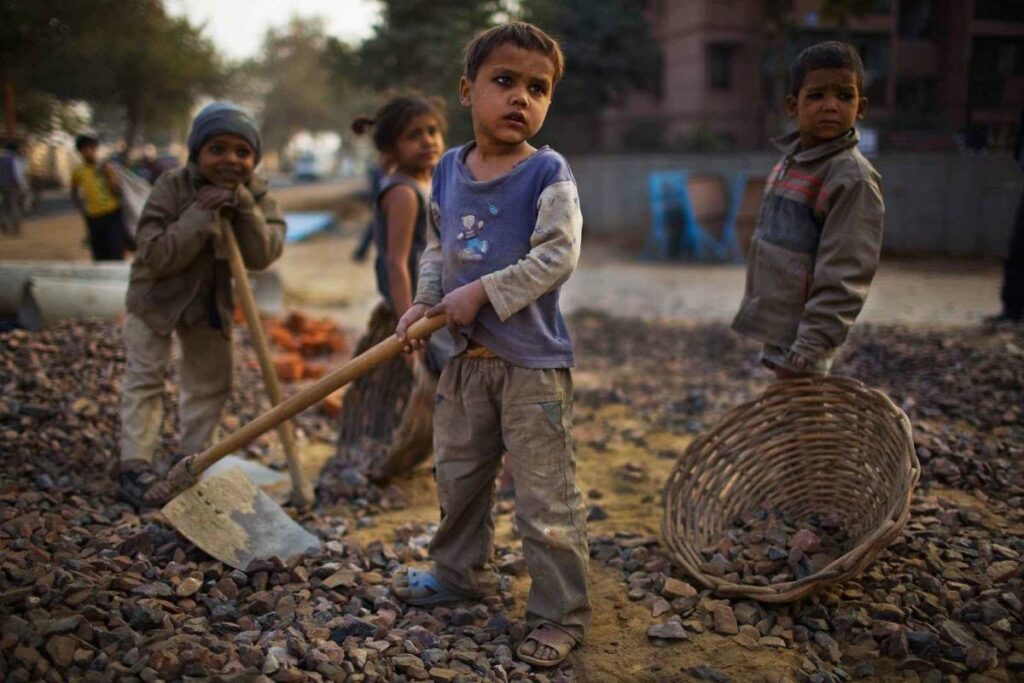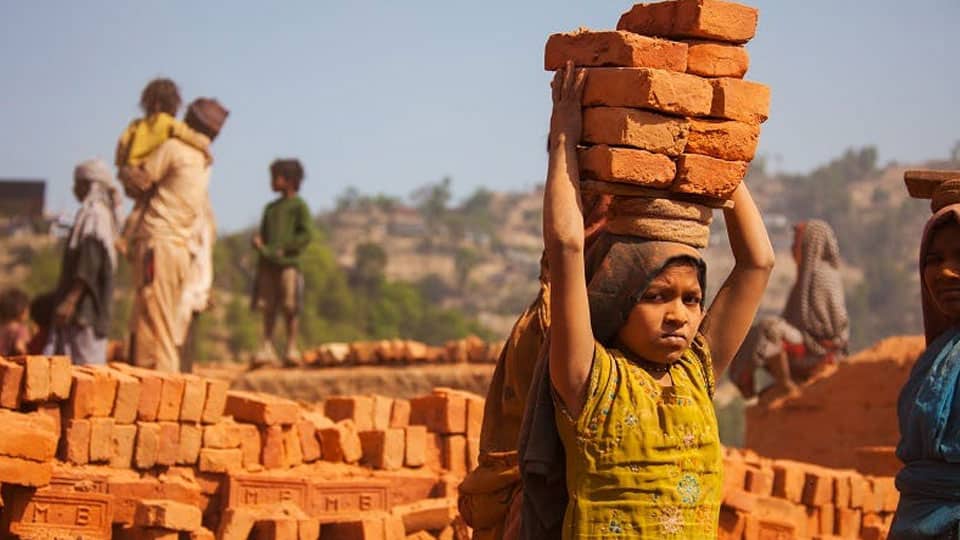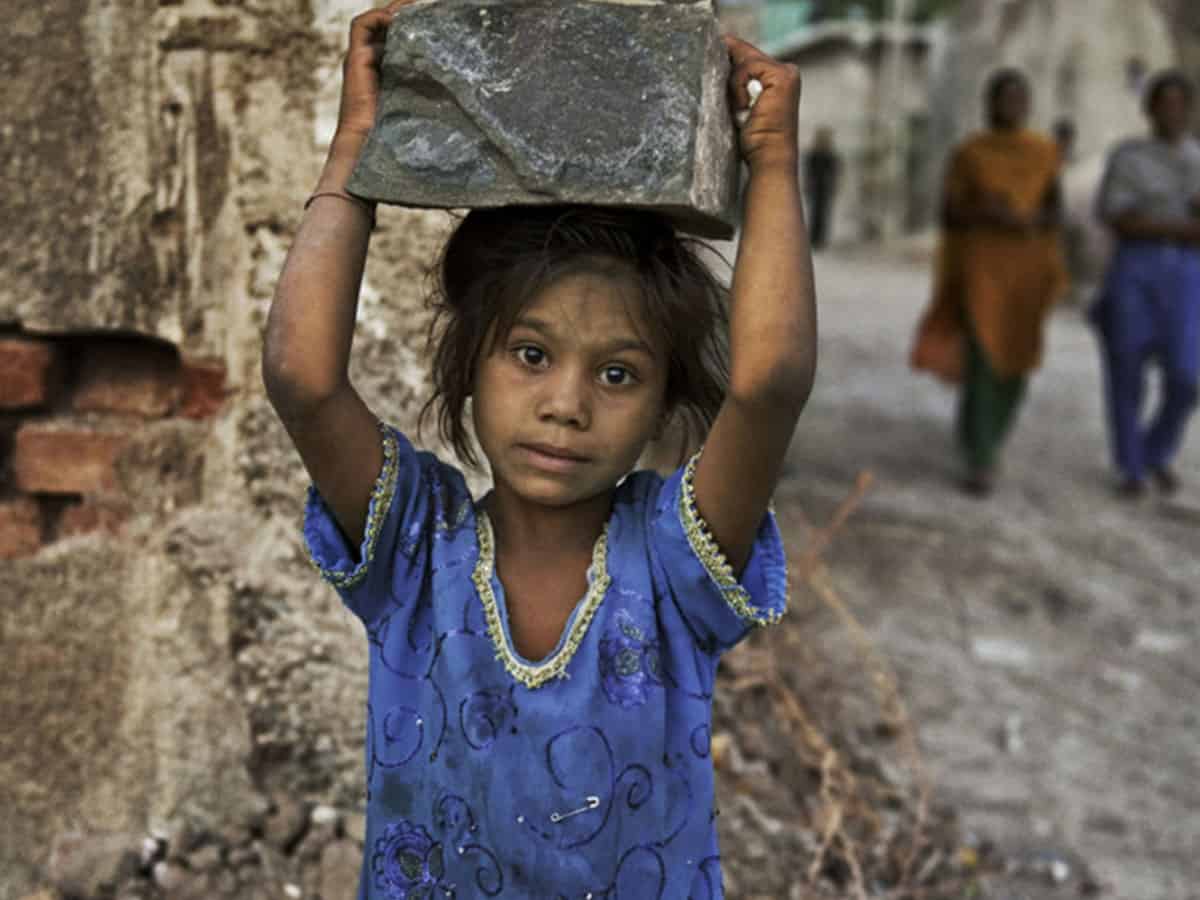M. A. Siraj
It is undeniable that the poor and the lower-middle classes are the worst sufferers of the economic crisis emerging in the Covid-induced lockdown and the curbs that circumscribe their livelihood related activity.
According to child rights activist and Nobel Prize winner Kailash Satyarthi, it is feared that nearly six crore children will be pushed down the poverty line as a result of the current crisis across the nation. Of these children, a considerable number will join the child workforce. Satyarthi says a crisis is looming for these children and a sizeable chunk of them will be impacted with sexual exploitation and child marriages.
Worldwide 260 mn kids affected
The crisis that Covid-19 has spawned does not pertain to only health and economy. It is all likely to affect the children. In the year 2000, there were 260 million children around the world who were under-14 and employed in hotels, workshops, factories, farms and barnyards, homes, polishing units and transport companies. Twenty years since these figures were compiled, the number of children employed thus has come down to 150 million. India, Bangladesh and the Philippines accounted for more than sixty per cent of all the goods produced by industrial units or workshops where children-labourers were engaged.

Worse than slaves
India had 11.3 million child-labourers, according to 1991 Census. A little over 50% of these children were working all the seven days of week. 53.22 % of these children were also victims of sexual exploitation. 50% of them were employed in hazardous industries. Some of them had an existence worse than slaves and were not even paid their wages. Nearly a third of child-labourers were girls. While some nations have not fixed the age limit for children to be categorized as child-labourers, several others are yet to designate industries which may qualify for being hazardous for them.
Tardy pace
Mr. Guy Rider, Director General, International Labour Organisation, had expressed concern at the tardy pace of work on bringing down the child labour around the world while addressing a workshop last year. According to him, at the current rate of rescuing children from worksites, there would still be around 120 million of them working as labourers by 2025.
Triangular nexus
Reluctance, recalcitrance and resistance has characterized India’s attempt to formulate legislation to curb, end and abolish child labour. Freedom fighter and social reformer Gopal Krishna Gokhale was the first legislator to move a bill to abolish child labour in 1911 in the Imperial Legislative Council (predecessor of the Indian Parliament). The bill could not muster requisite support and failed to become an Act. In 1986, when the Parliament passed the bill against employment of children who were less than 18 years of age, there were quarters of opposition who objected to it, pleading that it would hurt the interest of the poor families. It has taken a long time for the realization to dawn that there is a triangular nexus and symbiotic relationship between poverty, illiteracy and child labour and the consequent roadblocks they pose to progress of socio-economic justice and human rights.
Family occupations
The RTE bill became an Act in 2009 after decades of struggle by the hundreds of civil society organizations, scores of petitions in the Supreme Court and countless studies and reports by research institutes. It enabled the children between 6 and 14 to access free and compulsory education. It was only on this basis that Prime Minister Narendra Modi launched the Beti padhao, Beti Bachao scheme under the Union Government. This imparted special focus on the education of the girls. Girls were forced to do domestic chores and pressed into sweeping and cleaning the homes as part of cultural traditions. It was quite normal to expect that girls would be engaged in the family occupations such as weaving, processing dairy items, making cow dung cakes, and handicrafts. It was a dream to have a legislation that would free girls from the drudgery and make parents liable to send them to schools.

Inefficacious
But barely a few years after the RTE was passed into an Act, there have been attempts to make the Child Labour laws elastic to the extent of rendering it totally inefficacious. Several state governments have found the Covid-19 crisis to be godsend to remove teeth from the provisions of labour laws. Child labour laws were made lenient in 2012 and 2016. The 2016 amendments in the laws permitted engagement of the children in domestic work or traditional occupations and the family enterprises during after-school hours, holidays and in non-hazardous work. Then Labour Minister Bandadaru Dattatreya while moving the amendment in 2016 had pleaded that there does not exist employer-worker relationship in such persuasions and that laws can be effectively implemented only when they are integrated with the social realities. These brought in several ambiguities. It did not specify as to who would decide and determine if such work by children is actually helping the family or has been assigned to children to pay off the family debt. Moreover, what about the opportunity for sports, recreation and social interaction being taken away from the child?
Furthermore, the categories of hazardous work were rehashed to bring down their number from 83 to only three i.e., mining; industries engaged in manufacturing inflammable products; and, explosives. Several types of work such as zari work, plastic products, brick kilns, carpet weaving, fumigation, sprinkling of chemicals and pesticides in farms and barnyards, dyeing, beedi-making, painting and whitewashing, garbage-picking, work as artist in studio or acting in films and TV serials, sale of products (such as mobile chargers, flowers, books and toys), on traffic signals were taken off the list even though each of these involves tasks or has elements that effect the child’s health in some measure. Even the plea that these would reinforce the family occupation is specious. Sociologists are of the view that it is just a ploy for reinforcing the caste hierarchy in the name of promoting traditional occupations and a backdoor conduit for providing cheaper labour. In its present form, the law neither eliminates the child labour, nor does it help end the bonded labour.
Now that the COVID-19 has triggered a labour crisis due to return of the migrant labourers to hometown, and poor children cannot access the online teaching, poorer households would push the children into work than could sustain families.
M.A. Siraj is a senior journalist based in Bengaluru

